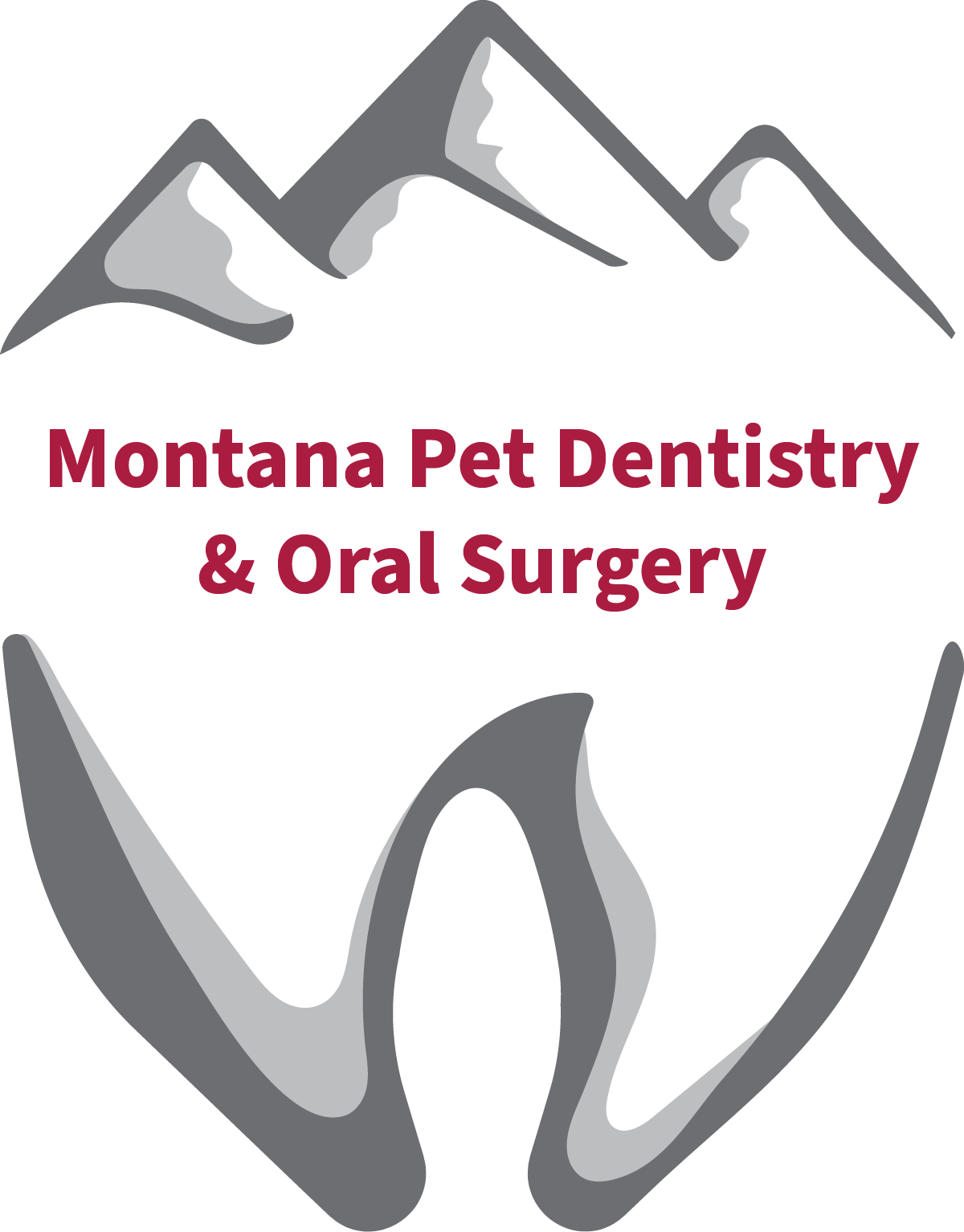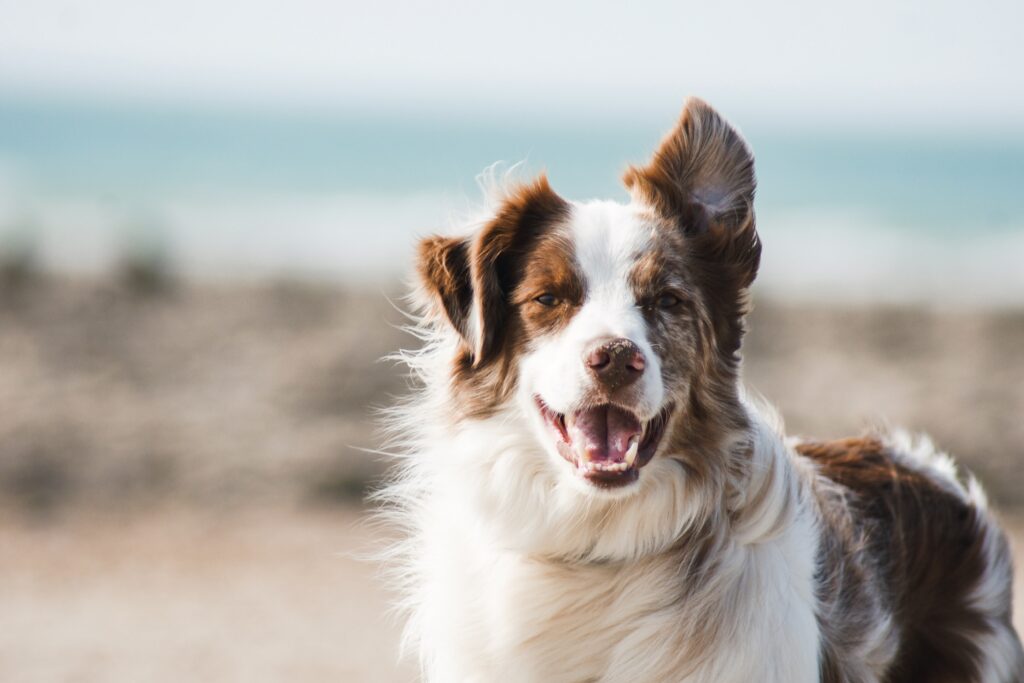Test your knowledge. Which tooth (or teeth) need treatment?
This month's case illustrates the importance of dental radiographs in treatment planning. Look at the following picture and the first...
Read More
Periapical Lucencies (PAL)
In response to last month's newsletter, I received a question regarding the clinical significance of periapical radiographic lesions. The doctor...
Read More
Teeny Tiny Fractures
Even very small dental fractures can sometimes lead to severe infection inside the effected teeth. This dog presented with a...
Read More
Hidden Pain from Base-Narrow Mandibular Canine Teeth
Base narrow mandibular premolar teeth (BNMCT) are commonly seen in small animal practice. When left untreated, various types of pathology...
Read More
Hemisection and Root Canal Therapy of a Lower First Molar
A middle-aged SF Golden Retriever presented for evaluation of an oral mass near on the right lower first molar (409)...
Read More
Repair of Oronasal Fistulas
An oronasal fistula (ONF) is a non-healing communication between the oral cavity and the nasal cavity. When the communication is...
Read More
Extraction Complications: Part 3
The past two newsletters have covered common locations and reasons for complications of extraction. This month we will cover how...
Read More
Extraction Complications: Part 2
Where do extraction complications occur and how can you avoid them? This month we continue the three part series on...
Read More
Extraction Complications: Part 1
This month we are beginning a three part series on extraction complications. These three newsletters will cover the most common...
Read More
Treating Dentigerous Cyst in Dogs
Missing teeth are common in veterinary dental practice, especially in smaller patients. It is important to obtain dental radiographs in...
Read More
Treatment of Avulsed Canine Tooth in a Dog
Head trauma in dogs commonly involves damage to the dentition, including fractures of the tooth crown and/or root, fractures of...
Read More
Bone Graft Materials in Veterinary Dentistry
A variety of bone graft materials can be utilized in veterinary dentistry. Some of the more common applications for these...
Read More
Anesthesia-Free Pet Dentistry (AFD)
Anesthesia-free pet dentistry (AFD) has gained popularity over the last few years. The main factors driving this are the lower...
Read More
Restoration of a Fractured Canine Tooth Seven Years After Vital Pulp Therapy
This month's case is interesting in that it involved treatment of a right lower canine tooth (404) that had been...
Read More
En Bloc Resection of an Ossifying Epulis in a Dog
History: A seven year old Siberian Husky-cross dog was referred for evaluation of a gingival mass. Two years previously, the...
Read More
Do’s and Don’ts of Treating Fractured Pet Teeth
Several different types of tooth fractures may occur in pets, with crown fractures being the most common. There are basically...
Read More
Treatment Options for Base-Narrow Mandibular Canine Teeth: Part 3, Final Treatment options for BNMCT in permanent dentition
Levering Permanent Teeth A technique utilized occasionally by the author involves gently levering partially erupted permanent canine teeth as needed...
Read More
Treatment Options for Base-Narrow Mandibular Canine Teeth: Part 2, Treatment of BNMCT in permanent dentition
Last month we covered the treatment of BNMCT in primary dentition.When treating BNMCT in permanent dentition, a variety of techniques...
Read More
Treatment Options for Base-Narrow Mandibular Canine Teeth: Part 1
Malocclusion refers to abnormal positioning of the animal's dentition. When malocclusion causes discomfort or interferes with normal function, it should...
Read More
Segmental Mandibulectomy
A 13-year-old Wheaton Terrier presented for an mandibular Osteosarcoma previously diagnosed by incisional biopsy. (more…)
Read More




